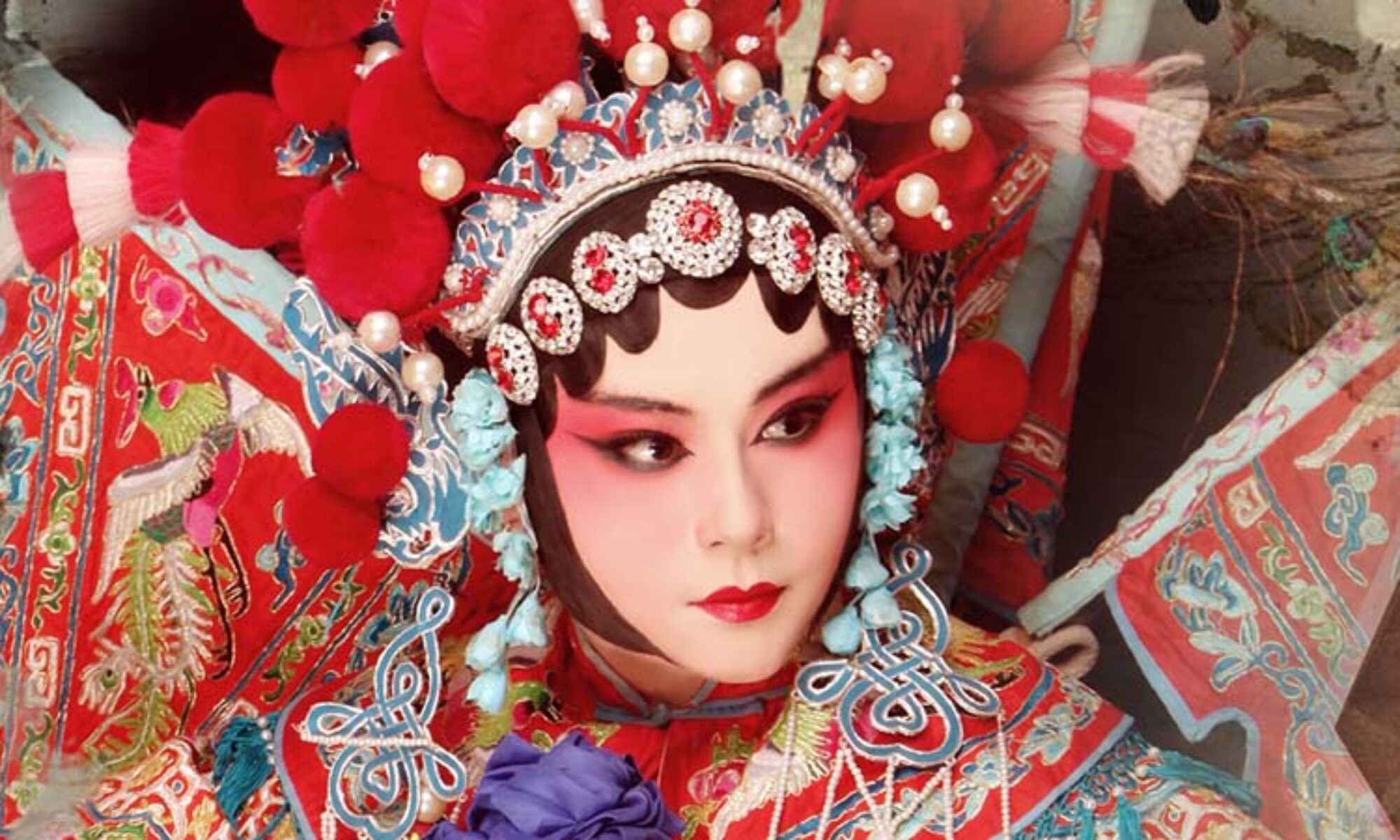
Mongolian Dance: A Celebration of Nomadic Culture
Mongolian dance is a vibrant and dynamic expression of the rich cultural heritage of the Mongolian people. Rooted in the nomadic traditions and lifestyles that have shaped Mongolian culture for centuries, these dances embody the spirit, history and identity of the Mongolian people. Mongolian dance, with its powerful movements, horse-riding gestures and traditional costumes, captivates audiences from all over the world and provides a glimpse into Mongolia’s unique nomadic culture.
Nomadic life has been an integral part of Mongolian culture for thousands of years. Mongolia’s vast grasslands, rugged mountains, and harsh climate have shaped a lifestyle based on livestock and constant migration. Mongolian nomads have a deep connection with nature and animals, and this deep connection is well reflected in their dance. Through complex movements and symbolic gestures, Mongolian dance pays tribute to the nomadic lifestyle, its challenges and resilience.
Mongolian dance is characterized by an energetic and lively style. Dancers often imitate the movements of horses, symbolizing the importance of this majestic animal in Mongolian nomadic culture. Cantering, trotting and jumping movements are common, reminiscent of the freewheeling nature of the Mongolian people who ride horses across vast landscapes. In addition to equestrian movements, Mongolian dances include a series of symbolic movements that reflect different aspects of nomadic life. The graceful hand movements represent the flow and breeze of the river, while the stomping and stomping symbolize the strength and endurance necessary to withstand the harsh Mongolian environment. These gestures tell tales of hunting, herding, and communal celebrations, and provide a glimpse into the everyday life of the Mongols.
Costumes worn in Mongolian dance are an integral part of the performance, giving the art form visual splendor and cultural significance. Traditional Mongolian clothing represents the craftsmanship and creativity of the Mongolian people, as well as their close relationship with nature. Male and female dancers wear different costumes. Male dancers often wear a diel, a loose robe made of silk or wool. These deals are decorated with intricate patterns and feature wide sleeves that allow for expressive arm movement while dancing. Dancers usually wear an elegant long-sleeved dress called a del that is decorated with intricate embroidery and bright colors. These costumes not only add beauty to the performance, but also reflect the diversity and artistry of Mongolian craftsmanship. Mongolian dances are deeply rooted in traditional nomadic culture, but have evolved and adapted over time. With Mongolia’s modernization and cultural exchanges, efforts have been made to preserve and promote these dances as an important aspect of ethnic identity.
Mongolian dance groups and cultural organizations are actively working to foster a new generation of dancers and ensure the continuation of this unique art form. In addition, modern adaptations of Mongolian dance are emerging that combine traditional elements with modern choreography and music. These adaptations allow exploration of new forms of artistic expression while respecting the traditions and spirit of Mongolian dance. Mongolian dance is a fascinating celebration of the nomadic culture that shaped the Mongolian people. These dances offer a glimpse into the resilience, beauty and symbolism of Mongolian nomadic life through powerful movements, equestrian gestures and traditional costumes. As Mongolia moves toward modernization, the preservation and development of this valuable art form will ensure that the spirit of Mongolian dance continues to captivate and inspire audiences around the world and will serve as an enduring legacy for the Mongolian people. will be a testimony to
